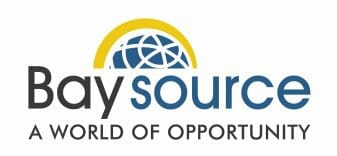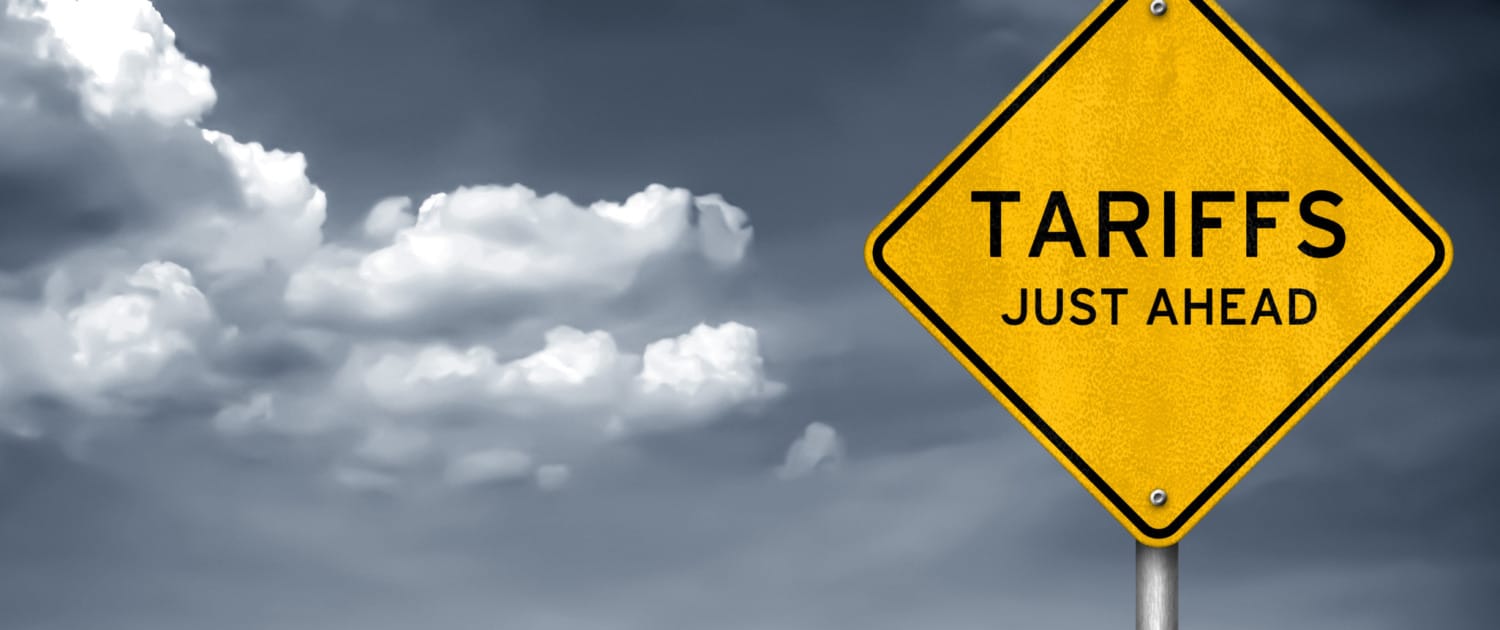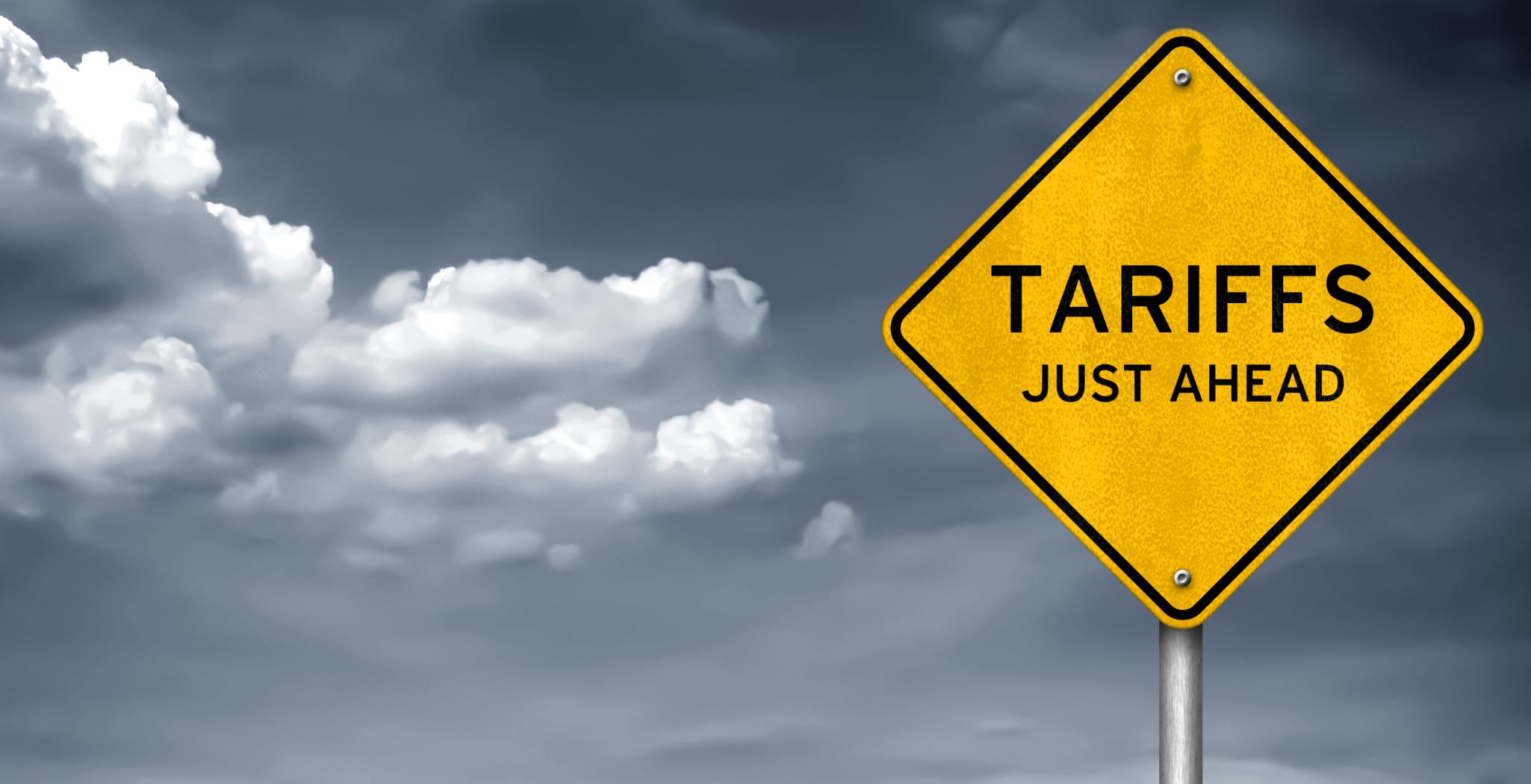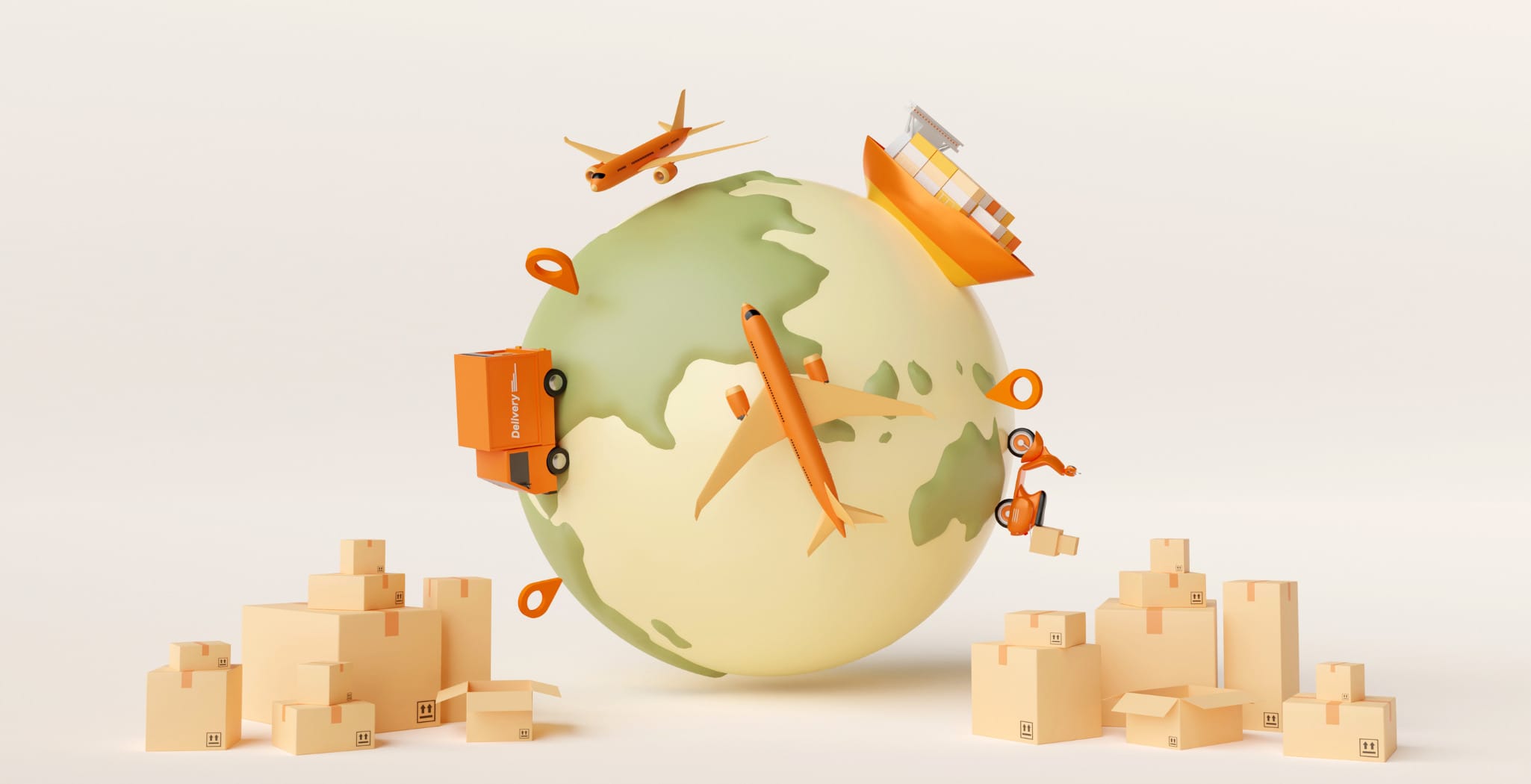This article was originally posted on Manufacturing Outlook. Read it here.
Tariffs on goods imported from China have added a new layer of complexity to global supply chains. In response, companies across industries—from consumer electronics to fitness equipment and automotive—are rapidly adjusting sourcing strategies, reviewing cost structures, and rethinking long-held assumptions about global production.
Businesses of all sizes have been impacted. According to the National Center for the Middle Market, a research center based at Ohio State’s Fisher College of Business, “companies with revenue between $10 million and $1 billion employ roughly 48 million people compared to 30 million people who work for S&P 500 companies.” While the most obvious move has been to shift sourcing to other countries, it’s far from a quick fix. Behind the scenes, manufacturers are deploying a range of nuanced strategies to navigate the new normal of trade friction.
The Challenge of Moving Beyond China
The first instinct for many companies impacted by tariffs is to look outside of China. Countries such as Vietnam, India, Mexico, and Thailand have become attractive alternatives for contract manufacturing. However, the move is easier said than done.
China’s manufacturing ecosystem has been built and refined over decades. It’s not just about low-cost labor—it’s about an unparalleled concentration of suppliers, engineering expertise, advanced tooling capabilities, and logistics infrastructure that is deeply integrated across industries. In areas like LED lighting, electronics, and injection-molded components, entire supply chains are anchored in China. For example, even if final assembly is moved to another country, key components such as drivers, lenses, or chips are still sourced from Chinese factories.
Additionally, China’s efficiency and quality have surged over the past 20 years. With modern factories, skilled workforces, and embedded automation, Chinese manufacturers consistently deliver at speed and scale. Matching this level of reliability and responsiveness in a new geography often requires years of development and millions in investment.
Beyond Country-Hopping: Strategies Companies Are Employing
Recognizing the difficulty of rapidly replacing China, many manufacturers are turning inward—evaluating existing operations, optimizing classifications, and collaborating more closely with suppliers. Here are several sophisticated strategies being used to mitigate the impact of tariffs:
1. HTC Reviews and Product Reclassification
One of the most effective and immediate strategies is a thorough audit of Harmonized Tariff Codes (HTCs). Companies are working with customs experts to re-examine how their products are classified and, where justified, reclassifying them under alternative codes that carry lower or zero tariffs.
This is particularly relevant for products with modular designs or multi-component structures. A minor design change or clarification in a product’s primary function can sometimes shift its HTC, resulting in significant duty savings. However, reclassification must be legally sound and supported by documentation to withstand customs scrutiny.
2. Delivered Duty Paid (DDP) Freight Modeling
Another increasingly common approach is analyzing the landed cost of goods under different freight scenarios, especially Delivered Duty Paid (DDP) arrangements. Under DDP, the seller takes responsibility for all duties and taxes, but it also opens opportunities for strategic planning.
Companies are examining commercial invoice values, component valuations, and Incoterms to determine how pricing structures might reduce tariff exposure. In some cases, restructuring purchase agreements or shifting ownership points during transit can produce meaningful savings—especially when the declared commercial value can be aligned with historical costs and invoice transparency.
3. Collaborative Forecasting and Volume-Based Costing
Tariffs are forcing companies to sharpen their forecasting and planning tools. One emerging best practice is providing suppliers with well-analyzed, forward-looking forecasts for annual volumes. This increased visibility allows suppliers to plan more effectively, locking in better pricing for raw materials and passing those savings downstream.
Rather than treating suppliers as transactional vendors, many OEMs are building collaborative relationships—offering longer-term commitments in exchange for pricing concessions. With the right planning, this approach helps flatten cost volatility and partially offsets the added burden of tariffs.
Navigating the Unpredictable Trade Landscape
In the current environment, trade policy is one of the most volatile variables in global manufacturing strategy. Under the current Trump administration, tariff policy has become increasingly fluid, with sweeping changes implemented with little warning or public consultation. Industries are left in a reactive posture, often learning of new trade rules only after orders are placed or containers are in transit.
For companies that rely on China for high-tech or precision manufacturing, reshoring is not yet a practical solution. Domestic alternatives often lack the scale, specialization, or cost structure to compete with established Chinese factories. While reshoring remains a long-term objective for some, it will be years—if not decades—before many sophisticated manufacturing processes can be replicated cost-effectively at home.
Final Thoughts
Offsetting China tariffs requires more than geographic shifts. It demands a multi-layered approach blending regulatory compliance, supply chain strategy, and supplier collaboration. While the uncertainty around trade policy may persist, companies that invest in strategic planning, data-driven forecasting, and cross-functional coordination will be better equipped to weather the storm.
Contact Us







Follow Us